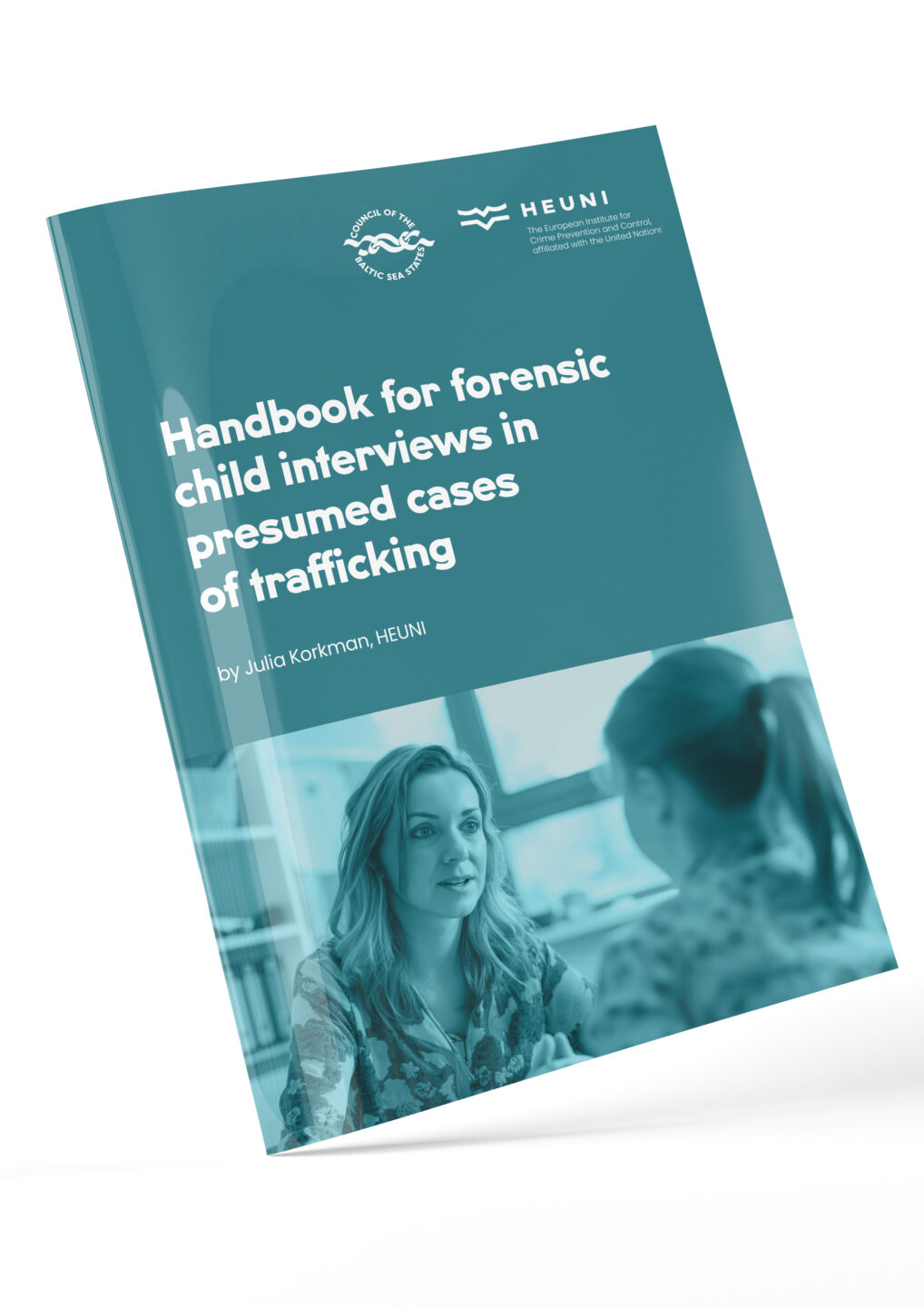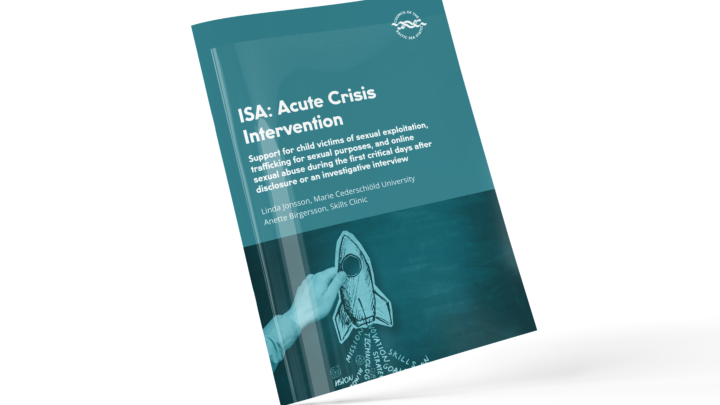 Whereas many of the core features of best practice typically remain the same across different forensic contexts, some aspects are more likely to be relevant for the trafficking context than for others.
This handbook introduces some of these aspects, while acknowledging that there is no “one size fits all“ method for the various situations children may find themselves in, including when they may themselves be suspected of committing crimes in relation to their exploitation.
The handbook is based on research and experiences of practitioners. It provides case examples and interview excerpts. Drawing on evidence-based interview protocols, it also introduces general core principles and features likely to be particularly relevant when investigating suspected cases of trafficking in children.
Whereas many of the core features of best practice typically remain the same across different forensic contexts, some aspects are more likely to be relevant for the trafficking context than for others.
This handbook introduces some of these aspects, while acknowledging that there is no “one size fits all“ method for the various situations children may find themselves in, including when they may themselves be suspected of committing crimes in relation to their exploitation.
The handbook is based on research and experiences of practitioners. It provides case examples and interview excerpts. Drawing on evidence-based interview protocols, it also introduces general core principles and features likely to be particularly relevant when investigating suspected cases of trafficking in children.
 This publication is authored by Julia Korkman from HEUNI, and published by the Council of the Baltic Sea States as part of the PROMISE TRM project. It was produced with the financial support of the Citizens, Equality, Rights and Values Programme (CERV) 2021-2027 of the European Union. The contents are the sole responsibility of project partnership and can in no way be taken to reflect the views of the European Commission.
This publication is authored by Julia Korkman from HEUNI, and published by the Council of the Baltic Sea States as part of the PROMISE TRM project. It was produced with the financial support of the Citizens, Equality, Rights and Values Programme (CERV) 2021-2027 of the European Union. The contents are the sole responsibility of project partnership and can in no way be taken to reflect the views of the European Commission.
